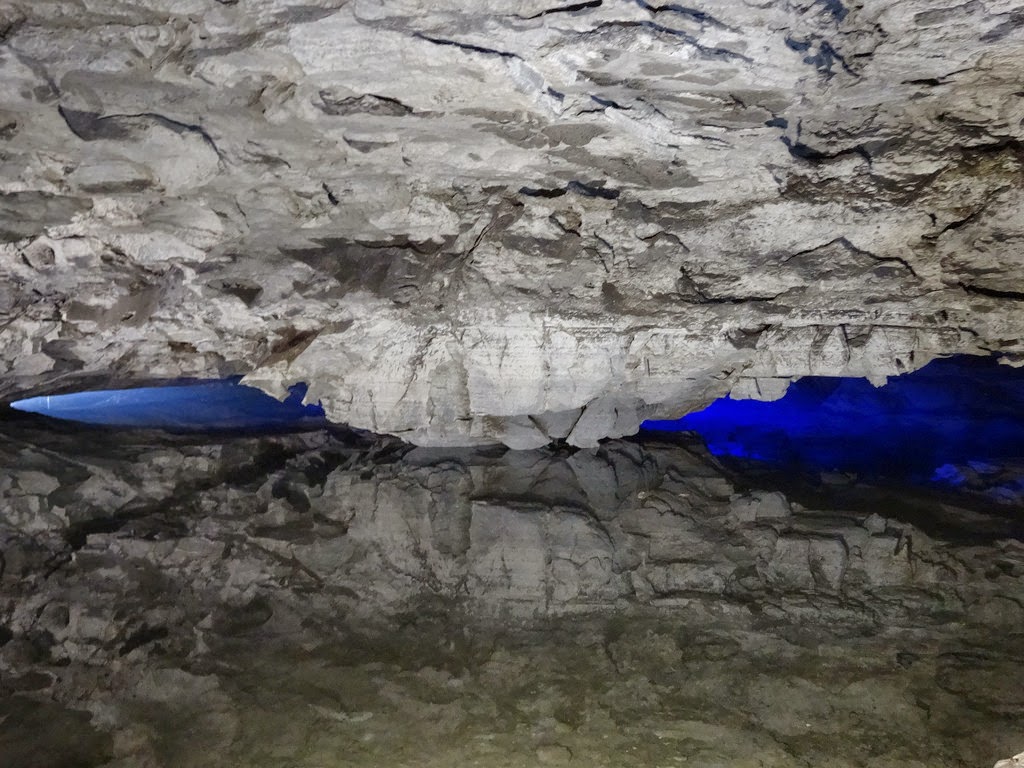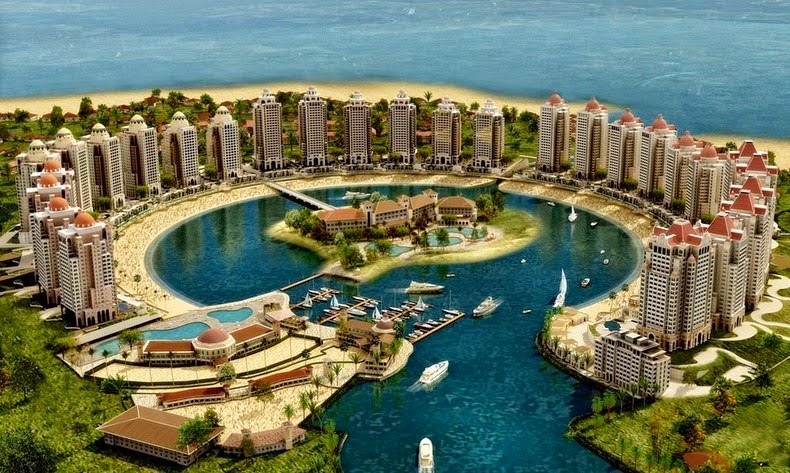Krasnoyarsk Stolby Nature Reserve
is situated on the southern bank of the Yenisei River, bordering the city of
Krasnoyarsk, in Russia. The foremost attraction of the park is its towering
stone pillars that have peculiar curved forms and reach up to 100 meters in
height. These rocks are mostly of sedimentary and volcanic origin, aged from
the Cambrian period, almost over 600 million years ago, to the Carbon period.
They were shaped when molten magma penetrated the surface from a depth of 500
to 1500 meters into a layer of peneplain where it formed a system of cracks
that spread naturally across the whole layer. Selective weathering along those cracks
led to the formation of mattress-like prismatic detachments, which caused
unique shapes on the rock outcrops. The place was discovered in 1624 by Russian
kozaks - the explorers of Siberia, who built a small fortress at the influx of
the Kacha River into the Yenisei. They wondered at the enormous intricately
shaped stony blocks rising amid a thick forest and gave them the biblical name
"Stolpy", abridged later to the widespread "Stolby", plural
for “stolb” which means “pillar” in Russian. Since then the name came into use
for these and any similar rocky features in Siberia and the Russian Far East
and was accepted as a geological term. Stolby is also a major rock climbing site.
A lot of local climbers deliberately do not use any belaying equipment, an ability
the Krasnoyarsk rock climbers have mastered over the years. They call their exciting
sport stolbism, famous elsewhere as solo climbing.































%2B%2B7%2BDays%2B8%2BNights%2BSouth%2BKorea%2BTrip%2B2014%2BSummarised%2BItinerary%2Bfor%2BSeoul%2B-%2BJeju%2BIsland%2B-%2BSeoul%2B(Large).JPG)









